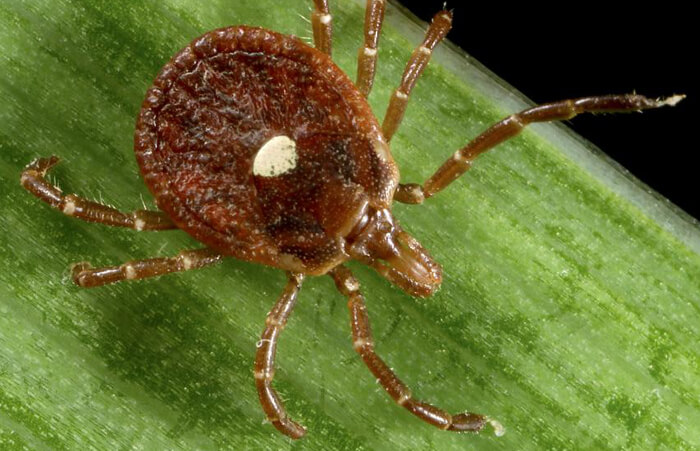
Tick season is in action. The year 2017 has been predicted to have the highest rate of ticks as compared to the past. This season we may witness a surge in tick-borne illnesses.
A recent case of tick-borne illness has been reported in Eastern Oregon, USA. Amanda posted this video of her daughter Evelyn on Facebook on 13th May 2017. She said,
“This morning she was having a hard time standing. She could barely walk, or crawl, and could hardly use her arms.”
Amanda recorded her condition, to get help from her family. But soon Amanda and her husband realized that they should rush to the hospital as Evelyn’s condition was getting worse.
The worried parents took her to the doctor where thankfully the doctors were able to diagnose the illness. The doctor reported that,
“OVER THE PAST 15 YEARS HE HAD SEEN ABOUT 7 OR 8 CHILDREN HER AGE WITH IDENTICAL SYMPTOMS AND MORE THAN LIKELY SHE HAD A TICK”

It is important to know the symptoms, treatment, and prevention for tick bites in order to avoid human tick paralysis. Here are few things that will help you to understand more about Ticks.
Symptoms of Tick Paralysis
- Symptoms can be visible after five to seven days once a tick is attached to the scalp or any part of the body.
- The patient starts feeling itching, fever, headache, fatigue, muscle & joint pain and numbness in the legs.
- Paralysis may rapidly occur from the lower body parts towards the upper part of the body.
- If the tick is not removed timely, it can result in a tongue or even facial paralysis.
- An extreme case may result in convulsions or respiratory failure.
- If left untreated it can result in death in extreme cases.
- Ticks also carry other diseases such as Lyme disease, which is caused by deer ticks also known as black-legged ticks.
Treatment Of Tick Bites
- If symptoms prevail, look for the tick in the hair, scalp, behind the ears or neck.
- Comb hair thoroughly to find tick if attached to the scalp.
- If a tick is found, remove it with the tweezer instantly.
- Never use your hands to pick the tick. Use tweezers and grasp the tick close to its head or mouth.
- Gently pull the tick upwards, avoid twisting or crushing it.
- Ideally, put the tick in a container, wrap it in a plastic bag and freeze it as your doctor may need to examine the tick if the symptoms persist.
- If the tick is alive, then put it in the container or a plastic bag and place it in a cool place. The tick needs to be examined as it can result in further complexities.
- After removing the tick, wash your hands with water and soap.
- Don’t forget to wash the area surrounding the tick bites.
Prevention From Ticks
- Avoid tick-prone areas and high grass.
- Use tick repellents on exposed skin when you go outside.
- Cover your body by wearing long sleeves, pants and closed shoes.
- Tucking pants into socks is highly recommended.
- Wear light-colored clothes so that the ticks may be easily identified if they are present on the clothes.
- Check your body for ticks once you reach home after staying outdoor.
- Examine the body carefully while taking the shower. Parents should examine the scalp, behind the ears and neck for any tick bite.
- Call or reach to your doctor if the symptoms are visible.
- Keep a check on your pets for ticks. Ask for preventative actions from the vet to avoid ticks.